The views expressed in our content reflect individual perspectives and do not represent the authoritative views of the Baha'i Faith.
In April of 1890, Edward Granville Browne, a professor from Cambridge, visited Baha’u’llah at Bahji. Browne, a renowned Orientalist scholar fluent in the Persian language, had immersed himself in Persian literature and culture, and traveled a great deal throughout Persia. He wrote extensively about the early Babi movement. He once remarked that if a historian living at the time of Christ had been aware of the importance of the unfolding Christian movement and had chronicled its progress, what a gift to humanity that would have been. He considered the Babi movement to have such long-ranging and worldwide significance, and devoted most of his career to study of the movement.
Browne, the only Westerner to meet Baha’u’llah, has given us a compelling description:
The face of him on whom I gazed I can never forget, though I cannot describe it. Those piercing eyes seemed to read one’s very soul; power and authority sat on that ample brow; while the deep lines on the forehead and face implied an age which the jet-black hair and beard flowing down in indistinguishable luxuriance almost to the waist seemed to belie. No need to ask in whose presence I stood, as I bowed myself before one who is the object of a devotion and love which kings might envy and emperors sigh for in vain!
A mild dignified voice bade me be seated, and then continued: — “Praise be to God that thou hast attained!… Thou hast come to see a prisoner and an exile. … We desire but the good of the world and the happiness of the nations; yet they deem us a stirrer-up of strife and sedition worthy of bondage and banishment. … That all nations should become one in faith and all men as brothers; that the bonds of affection and unity between the sons of men should be strengthened; that diversity of religion should cease, and differences of race be annulled — what harm is there in this? … Yet so it shall be; these fruitless strifes, these ruinous wars shall pass away, and the ‘Most Great Peace’ shall come. … Do not you in Europe need this also? Is not his that which Christ foretold? … Yet do we see your kings and rulers lavishing their treasures more freely on means for the destruction of the human race than on that which would conduce to the happiness of mankind. … These strifes and this bloodshed and discord must cease, and all men be as one kindred and one family. … Let not a man glory in this, that he loves his country; let him rather glory in this, that he loves his kind …”
Such, so far as I can recall, were the words which, besides many others, I heard from [Baha’u’llah]. Let those who read them consider well with themselves whether such doctrines merit death and bonds, and whether the world is more likely to gain or lose by their diffusion. – from J.E. Esselmont’s Baha’u’llah and the New Era, p. 39.
May 29, 1892, marked the end of the earthly life of Baha’u’llah. Nine months earlier he had expressed his desire to leave this world. These remarks to his family helped prepare them for the end of his life. On the 8th of May he contracted a fever. The fever came and went for the following 21 days. During that time, he sent word to his followers through Abdu’l-Baha that: “All the friends must remain patient and steadfast, and arise for the promotion of the Cause of God. They should not become perturbed because I shall always be with them, and will remember and care for them.”
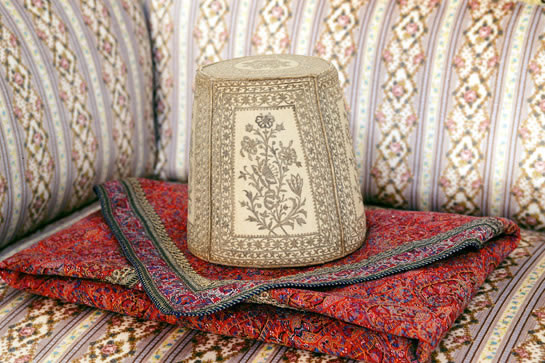
Taj of Baha’u’llah on display in his room at Bahji
Six days before he passed away, Baha’u’llah called the believers in Akka to his side. In that bittersweet, tearful encounter, he praised them all for their steadfastness and prayed that God would enable them to remain united after his passing. One believer by the name of Isma’il recalled that at his last meeting with Baha’u’llah he could not stop weeping. Baha’u’llah drew him near, and taking Isma’il’s handkerchief from him, wiped the tears from his eyes.
Eight hours after sunset on May 29, 1892, Baha’u’llah’s wish to leave this world was granted as his eyes closed for the last time. Those eyes envisioned a higher path for humanity, through the darkness of the black pit, through the bars of his cell in Akka, through the limitations of his time and his culture and the terrible cruelties of persecution. And Baha’u’llah’s vision lives with us today. We find it in his vast and beautiful writings. We can begin to see it in the Baha’i communities all around the planet that bear his name. And we can see the first glimmers of the world unity Baha’u’llah urged all of us to forge.
Adapted from One With All The Earth, © Kalimat Press 2003, All Rights Reserved.
You May Also Like
Comments



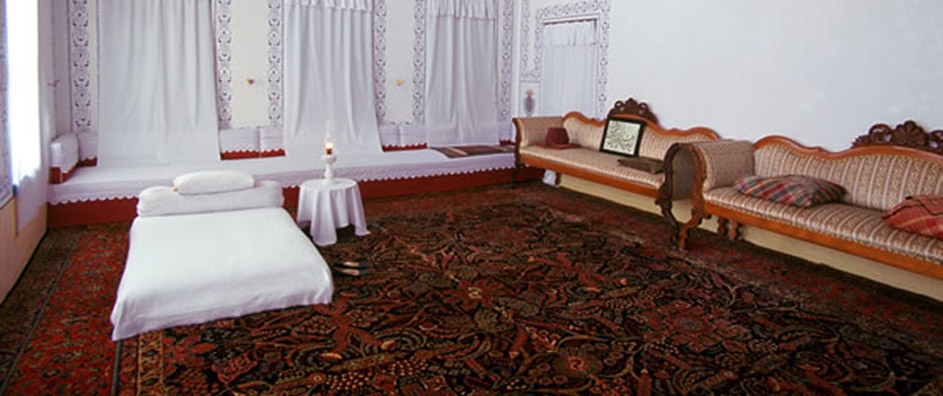
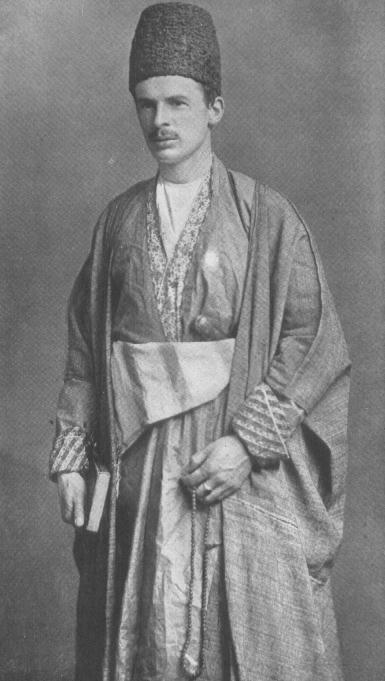

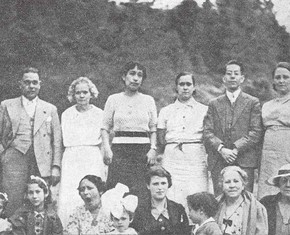
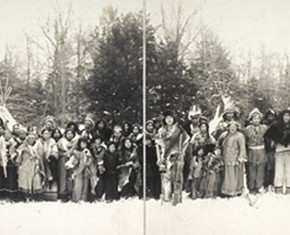
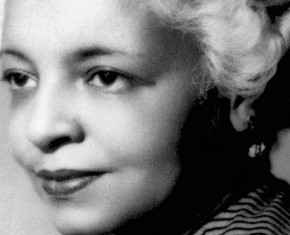




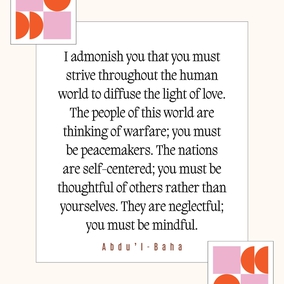
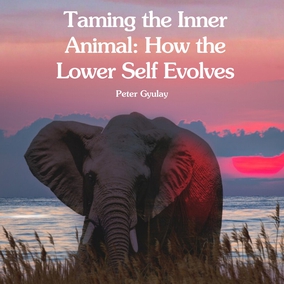



Because of his involvement with the ‘Akka-Damascus railway, Count Cottrell was in ‘Akka during the ...last year or two of Bahá’u’lláh’s life. Around 1891, together with his wife and daughter, Count Cottrell had the rare privilege of enjoying Baha’u’llah’s hospitality. On that occasion, the Count was given a copy of Bahá’u’lláh's law code, the al-Kitab al-Aqdas (Arabic, translated as "The Most Holy Book"), penned in the hand of Mirza Aqa Jan, Baha’u’llah's amenuensis. Count Cottrell wrote:
I have personal and intimate knowledge of the present leaders of the Babist movement in Persia, the four sons of the late Mirza Hussein, who are political prisoners in Akka, though the Shah within the last twelve months has repealed the penal laws against the sect, and is now very friendly. These princes have a large library of books written by their father on the peculiar doctrines of the sect, which aim at nothing less than the reconciliation of Buddhism, Christianity, and Mahomedanism. The father in his will directed his sons to transmit to all the sovereigns of Europe copies of certain of his works, accompanied by an autograph letter. The late Czar of Russia, since Mirza Hossein’s decease, sent to the sons and obtained copies of several of the principal works and had them translated into Russian. The princes are very anxious to carry out the wish of their late father [Bahá’u’lláh], and to have copies of the works presented to Her Majesty the Queen; and also to obtain, unofficially, the countenance of the British Foreign Office to enable them to reach the other sovereigns with a similar object. They have furnished me with summaries of the principal works in Arabic and Persian, with the object of having them translated and published in Britain and in the United States of America. (Cottrell 1895; qtd. in Momen 1981: 236).
See Christopher Buck, “The Eschatology of Globalization: Bahā’u’llāh’s Multiple-Messiahship Revisited.” Studies in Modern Religions, Religious Movements and the Babi-Bahā’ī Faiths. Edited by Moshe Sharon. Numen Book Series: Studies in the History of Religions, 104. Leiden: Brill Academic Publishers, 2004. Pp. 143–178 (esp. pp. 159 & 176).
Count Cottrell's article is available online. Here's the citation:
Cottrell, Henry Edward Plantagenet Count, "Babism." The Academy. (Syracuse, NY), vol. 47, no. 1192 (9 March 1895), p. 220.
Online at http://www.bahai-library.com/buck_eschatology_globalization